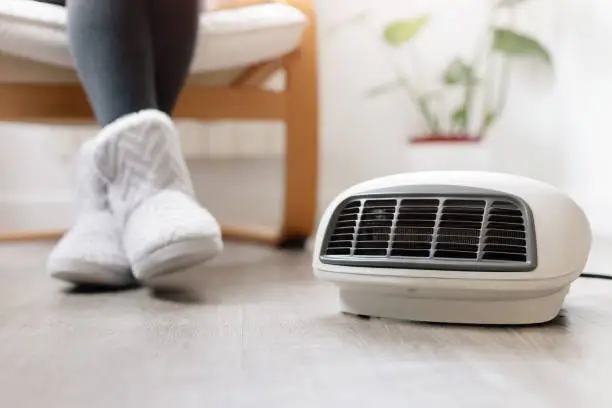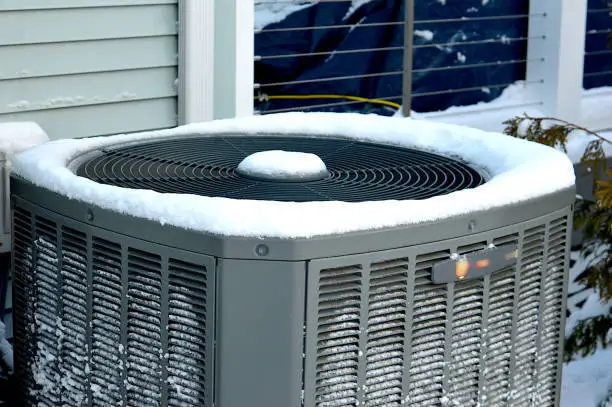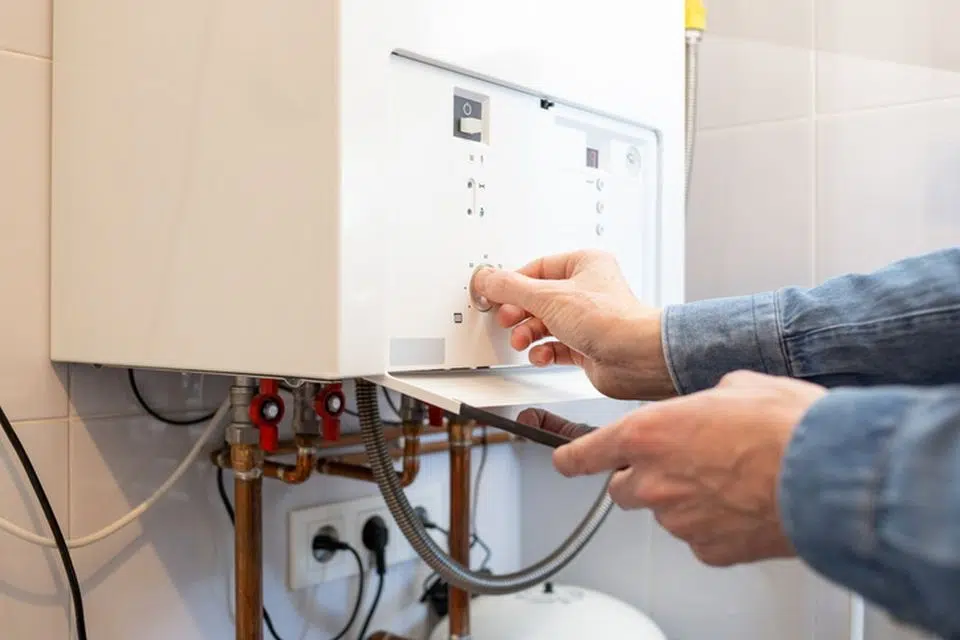
Table of Contents
Picture this: after a long, hard day or during the frosty depths of winter, there’s something truly indulgent about stepping into a hot, soothing shower. That cascade of warm water washing away the stress and chill is pure bliss. This is why a water heater system is a must-have for your home that guarantees your day-to-day comfort and well-being.
However, as winter approaches, you might have noticed your utility bills inching upwards. The cozy warmth of your shower doesn’t come without a cost. But don’t fret – that’s why we’re here. In this article, we’re going to uncover the secret to the perfect water heater temperature setting, one that strikes a harmonious balance between your comfort and your savings. Let’s dive in!
Why Does Hot Water Tank Temperature Matter?
You might be thinking, “Why bother with water heater temperature?” Well, it matters for a few key reasons. First and foremost, it’s about saving money. But there’s more to it than that. The right boiled water temperature ensures safety for all family members and helps maintain comfortable conditions for daily activities like bathing, dishwashing, and laundry. But let us explain ourselves.
The temperature setting directly affects how much energy your water heater consumes. The higher the temperature, the more energy it needs to maintain that level. By setting the right temperature, you can effectively lower your energy consumption and, consequently, reduce your monthly energy bills.
But money isn’t the only concern. Scalding accidents can be dangerous, especially if you have kids or seniors at home. Finding the right water heater temperature can prevent painful burns. Moreover, setting it correctly can help combat the growth of Legionella bacteria that thrive in water temperatures between 77°F and 108°F and can cause Legionnaires’ disease.
So, What Is the Ideal Water Heater Temperature?
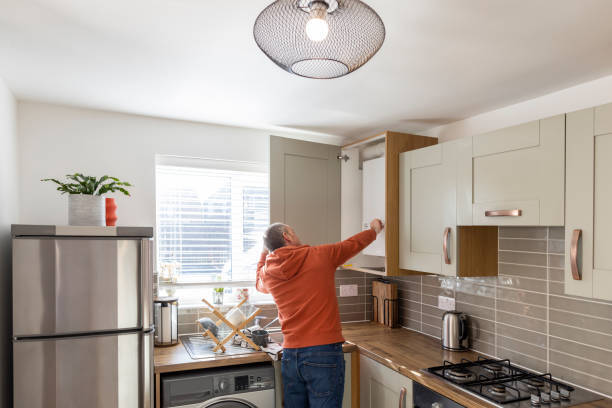 When it comes to water heater tank settings, the ideal boiled water temperature is a balance that brings together comfort, safety, and savings. In general, this balance is best struck when your water heater is set to about 120°F (49°C). This temperature is hot enough to meet your daily needs, including a relaxing shower or a steaming hot cup of tea, while also being energy-efficient and safe.
When it comes to water heater tank settings, the ideal boiled water temperature is a balance that brings together comfort, safety, and savings. In general, this balance is best struck when your water heater is set to about 120°F (49°C). This temperature is hot enough to meet your daily needs, including a relaxing shower or a steaming hot cup of tea, while also being energy-efficient and safe.
Now, let’s talk about the real deal – savings. In Canada, where winters can be harsh and energy bills tend to rise with the falling temperatures, setting your water heater to the recommended 120°F (49°C) can lead to significant savings. On average, this temperature setting can cut your water heating costs by 6-10%. For example, if you’re spending about $600 a year on hot water, this means you could save around $36 to $60 annually.
OK, but what if your circumstances are unique? What if your family size, lifestyle, or the climate in your region make the “ideal” temperature setting not-so-ideal for you? Here are a few important considerations to fine-tune your water heater temperature:
- Household Size: In larger households with more people using hot water, you might find that a setting slightly higher than 120°F is more practical. On the other hand, smaller households may comfortably stick to 120°F.
- Usage Patterns: Consider your daily routines. Do you run multiple appliances simultaneously, such as the dishwasher, washing machine, and shower? If so, a slightly higher setting may prevent the water from turning cold mid-use.
- Climate: In regions with frigid winters, you might need slightly hotter water to compensate for the colder incoming water temperature. However, be cautious not to overheat the water, as it can still lead to safety hazards and energy waste.
- Anti-Scald Devices: If you have anti-scald devices installed in your plumbing, they can allow you to set the water heater at a slightly higher temperature while maintaining safety.
We hope the table below will help you to pick the ideal hot water tank temperature for your home.
Temperature | Savings (Approx.) | Suitable For | Considerations |
|---|---|---|---|
100°F (38°C) | 10-15% | Homes with high scald risk (e.g., households with children) | Lower temperatures for safety, but may require booster for dishwashing or laundry. |
120°F (49°C) | 6-10% | Most households | A balance of comfort, safety, and savings. |
140°F (60°C) | 2-4% | Homes in extremely cold climates, large households, and simultaneous appliance use | Higher temperatures to compensate for cold winters. |
160°F (71°C) | 1-2% | Limited use scenarios (e.g., industrial settings) | Extreme caution needed, as this can scald and waste energy. |
180°F (82°C) | Minimal | Disinfection purposes (non-residential) | Caution: scald risk at this temperature, typically used in non-residential settings for sanitization purposes. |
In essence, while 120°F is a solid starting point for the majority of households in Canada, it’s important to consider your unique circumstances and adjust the temperature setting accordingly. Striking the right balance between comfort, safety, and savings is the key to making your water heater work efficiently for you.
Your water heater is not working? The solution may be easier than you think. Check it out via the link below.
https://thehvacservice.ca/why-is-my-water-heater-not-working/
Hot Water Tank Temperature Setting: Safety Precautions
When it comes to setting the temperature on your water heater, it’s not just about numbers and energy efficiency, but also about safety. Let’s delve deeper into the safety aspects you should keep in mind when choosing a suitable water heater temperature.
Scalding Prevention
Water that’s too hot can result in painful scalding accidents, especially in homes with children or the elderly. To avoid scalding, it’s essential to keep the water heater temperature at a safe level, typically around 120°F (49°C). If your household members are particularly vulnerable to scalding, such as children, consider lowering the temperature even further to about 100°F (38°C). In such cases, using anti-scald devices and adjusting faucet settings can provide an added layer of protection.
Anti-Scald Devices
Installing anti-scald devices is a proactive measure to prevent scalding. These devices automatically mix cold water with hot water, ensuring a consistent and safe temperature at your taps. If you have children, or elderly family members, or are simply concerned about safety, these devices can be a valuable addition to your plumbing system.
Legionella Prevention
Water heaters set at temperatures between 77°F to 108°F (25°C to 42°C) can become breeding grounds for Legionella bacteria, which can cause Legionnaires’ disease. By maintaining your water heater temperature above this range, you reduce the risk of bacterial growth. However, it’s important to find the right balance between safety and savings. If you’re in a high-risk environment, consider alternative methods like water treatment and filtration systems to ensure both safety and energy efficiency.
Preventive Maintenance
Regular water heater maintenance is essential for safety. Check for signs of rust, corrosion, or leaking around the temperature and pressure relief valve. If you notice any problems, it’s crucial to address them promptly to prevent potential safety hazards.
By taking these safety considerations into account and finding the right balance between temperature settings, you can enjoy the benefits of hot water without compromising the safety of your household.
Balancing Comfort and Budget Savings
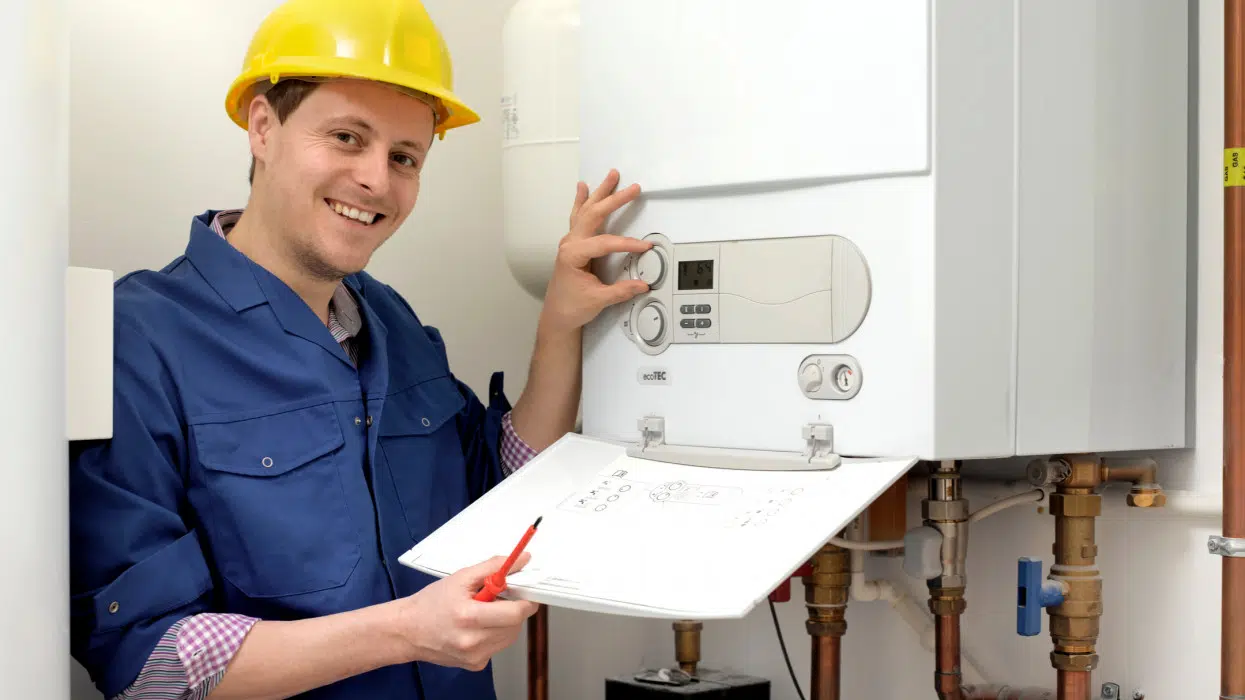
When it comes to choosing a water heater temperature, we want to achieve two goals at the same time – enjoy a hot shower and pay electricity bills without breaking the bank. And we are here to share with you some valuable tips on how to do this.
Firstly, consider improving insulation for your water heater and pipes to reduce heat loss, keeping hot water hotter for longer. This straightforward step can lead to significant savings.
Secondly, invest in energy-efficient appliances, like low-flow faucets and high-efficiency dishwashers and washing machines. These appliances use less hot water, ultimately reducing your water and energy consumption.
Lastly, embrace water-saving habits and practice seasonal adjustments. Encourage shorter showers, fix leaks promptly, and adjust your water heater settings seasonally to align with changing weather. These simple actions, combined with the ideal temperature setting, can create a home that’s both comfortable and energy-efficient, resulting in lower utility bills and a lighter environmental impact.
Conclusion
We hope this guide helped you to find a delicate equilibrium between comfort and savings. While 120°F (49°C) often emerges as the ideal setting, it’s the holistic approach that truly matters. Consider efficient insulation, the use of energy-saving appliances, water-wise habits, and seasonal adjustments. By combining these strategies, you’ll not only enjoy hot showers but also reduce your utility bills and lessen your environmental impact.
If you need professional advice while choosing the ideal water heater settings depending on your special circumstances, don’t hesitate to contact HVAC Service Solutions. Reach out to us via the link below, and we will be happy to help you.
Share
















